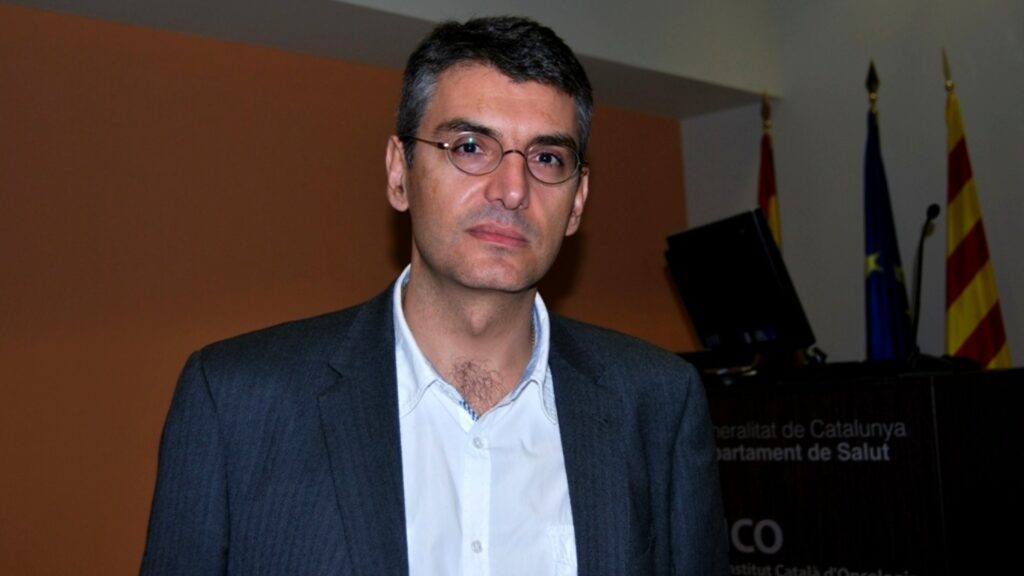Cell therapy is something that will increase in the heart research, told Antoni Bayès-Genís in the “Bioprosthesis for cardiac repair” IDIBELL seminar that took place in Sala Pau Viladiu at the Hospital Duran i Reynals-ICO, last January 18th. Bayés-Genís is Head of the Cardiology Service at the University Hospital Germans Trias i Pujol in Badalona and researcher at the Research Institute for Health Sciences Germans Trias i Pujol (IGTP).
Bayès-Genís talked about the history of the myocardial infarction in the last 100 years. Then he focussed in the human heart regenerative capacity in the last 10 years. Cell therapy was the first option in order to treat patients after I.C. The treatment with bone-marrow had a great impact in patients in Acute M. I.
Cardiac tissue engineering
Which steps we need to follow until clinical application? We need tissue engineering for heart muscle. The engineered tissue grafts adapt well and maintain the structure of the myocardial tissue.
“Rob Langer, from the MIT, is working in Nanowired 3-D cardiac patches to regenerate the myocardiac tissue. Another different approach is about Doris Taylor that is about tissue engineering for heart muscle, with enzyme, physic and chemical treatment, authology vascularization and recellularization of tissues. Also, using the same concept, the group of Karen Christman use the heart in order to extract heart cells to build another new one”, said Bayès-Genís.
“My group obtains cardiac adipose tissue derived of progenitor cells”, explained the researcher and he continued, “We want to obtain more vascular cells from the fat tissue surrounding the heart. We provoke, in an animal model, an infarct to see the size of the scar”. The researcher explains that to perform their clinical trials they needed a candidate CABG with chronic scar non-revascularizable.
“We use advanced implants and bioactive materials for critical organs developed by UPV, among other entities, and other technology develop for the UPC, about electro-mechanical stimulation”, explained the cardiovascular researcher.
The next generation is a smart patch concept: a bio-membrane and a cardiac tissue. Microelectrodes are implanted in heart in pig model, which heart and vascular system is the most closest to the human one, and “it allows measuring and monitoring the regeneration in vivo”, said Bayès-Genís.
“There are many things to do, many things to learn in regeneration tissue heart. My research group wants to translate the results of the research to the clinical practice”, concluded the researcher.

